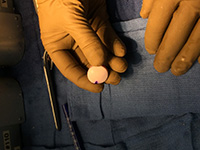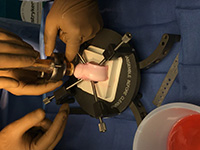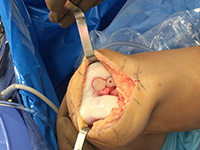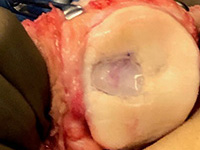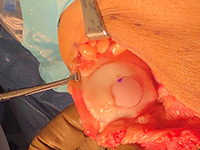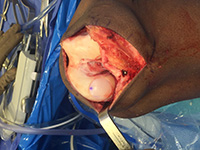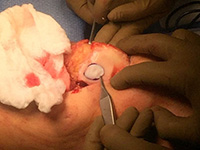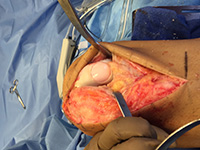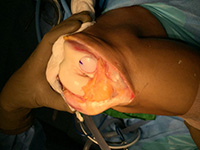Treatment Options
Several techniques are employed for cartilage restoration including microfracture, drilling, abrasion arthroplasty, osteochondral autograft, and allograft transplantation.
Microfracture
In this method numerous holes are created in the injured joint surface using a sharp tool. This procedure stimulates healing response by creating new blood supply. Blood supply results in growth of new cartilage.
Drilling
In this method a drilling instrument is used to create holes in the injured joint surface. Drilling holes creates blood supply and stimulate growth of new cartilage. Although the method is similar to microfracture, it is less precise, and the heat produced during drilling may damage other tissues.
Abrasion Arthroplasty
High speed metal-like object is used to remove the damaged cartilage. This procedure is performed using an arthroscope.
Osteochondral Autograft Transplantation
Healthy cartilage tissue (graft) is taken from the bone that bears less weight and is transferred to the injured joint place. This method is used for smaller cartilage defects.
Osteochondral Allograft Transplantation
A cartilage tissue (graft) is taken from a donor and transplanted to the site of the injury. Allograft technique is recommended if larger part of cartilage is damaged.
Autologous Chondrocyte implantation
In this method a piece of healthy cartilage from other site is removed using arthroscopic technique and is cultured in laboratory. Cultured cells form a larger patch which is then implanted in the damaged part by open surgery.




